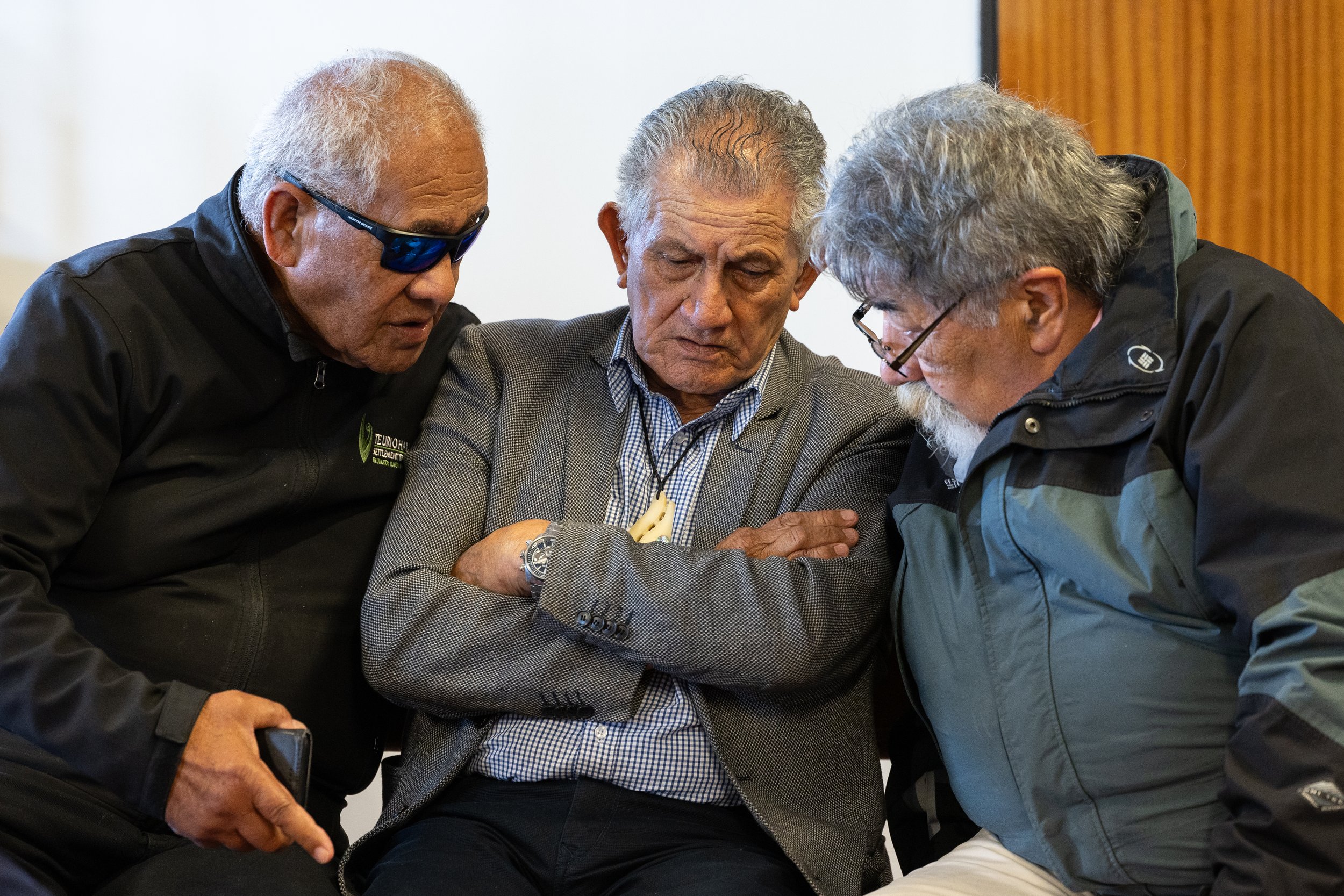
Our History
Te Rūnanga o Ngāti Whātua
Ngāti Whātua Iwi History
Te Rūnanga o Ngāti Whātua (the Rūnanga) is a corporate body established under the Te Rūnanga o Ngāti Whātua Act 1988 to serve as the sole representative voice for the iwi of Ngāti Whātua. It provides social and cultural services to its uri (descendants). It manages iwi commercial assets across its rohe, traditionally described as Tāmaki ki Maunganui i te Uru and Tāmaki ki Manaia i te Rāwhiti.
The Rūnanga is governed by a Board of Trustees comprising 11 elected representatives from five takiwā: Ōrākei, South Kaipara, Whangārei, Northern Wairoa, and Ōtamatea. Trustees are elected every three years by registered members.
The Rūnanga was established to unify Ngāti Whātua under a body recognised by other iwi and government agencies.
Te rohe o Ngāti Whātua includes 33 affiliated marae including Ōrākei, Haranui, Reweti, Puatahi, Araparera (Te Aroha Pā), Te Kia Ora, Korokota, Takahiwai, Tirarau, Toetoe, Ahikiwi, Kāpehu, Naumai, Ōtūrei, Pananawe, Rīpia, Taitā, Tama Te Uaua, Te Houhanga, Ngā Tai Whakarongorua, Ōmaha, Ōruawharo, Ōtamatea, Ōtuhianga, Parirau, Waikaretū (Poutō), Rāwhitiroa, Te Kōwhai, Te Pounga, Waiohau, Arapaoa (Waihaua), and Waiotea.
The iwi encompasses numerous hapū and confederated groups, as listed in the 2008 Deed of Mandate, including groups that also have tātai links to Ngāti Whātua.
These hapū uphold their ancestral connections to Ngāti Whātua, reflecting the iwi's rich heritage and collective identity.







